At Jackson Free Clinic, patients 'get the picture' with ultrasounds
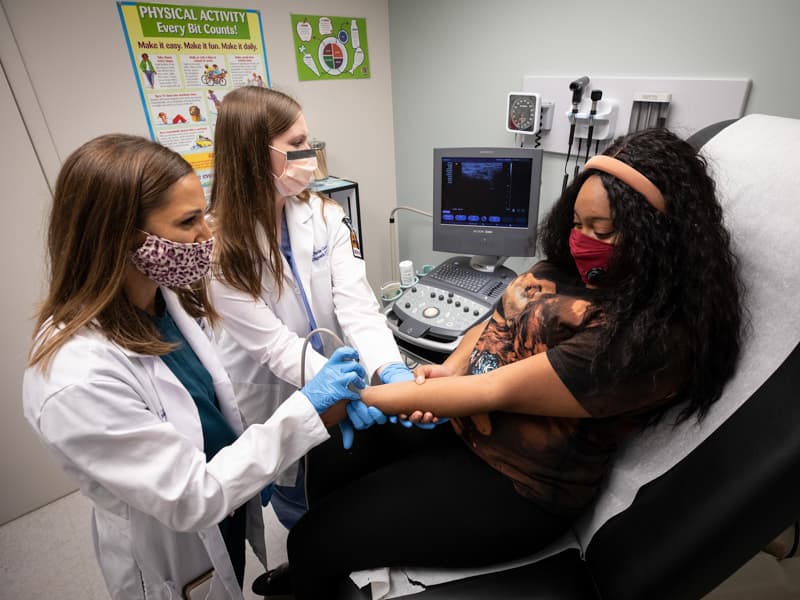
Hear the word “ultrasound,” and you may picture a grainy, black-and-white image of a baby in the womb.
While ultrasound imaging, or sonography, is widely known as a way to create a fetus’ ghostly likeness, it’s also useful for examining patients whose bodies are occupied by more than an unborn child – things like the liver, kidneys, blood vessels and soft tissues.
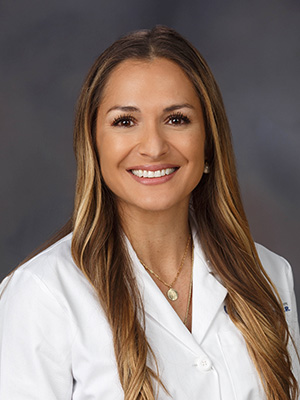
“If patients have shortness of breath, we can look for fluid around the lungs, for instance. If they have a lump on the wrist that has been there a while, we can let them know if it’s benign,” said Dr. Nilda Williams, assistant professor of radiology at the University of Mississippi Medical Center.
“We can let them know if they have clots in their legs or kidney stones.”
But many people who could benefit from ultrasound’s mystery-solving ways can’t afford them because they lack health insurance – which is why the Jackson Free Clinic and the Department of Radiology have stepped up, offering the first-ever onsite imaging service there.
As Community Service Coordinator for the department, Williams headed the months-long project that brought this service to the clinic, at the bidding of then-department chair Dr. Timothy McCowan, professor of radiology.
“Dr. McCowan deserves a lot of credit for this; he was very passionate about getting it started and ensured it came to fruition,” Williams said.
“The majority of the clinic’s patients are there for medication refills and management of chronic disease, such as diabetes and hypertension,” she said. “But there are also patients who can be helped by ultrasound scans.”
Open from noon to 4 p.m. Saturdays, the student-run, all-volunteer health center at 925 Martin Luther King Jr. Blvd., has offered these internal inspections since the first weekend in October.
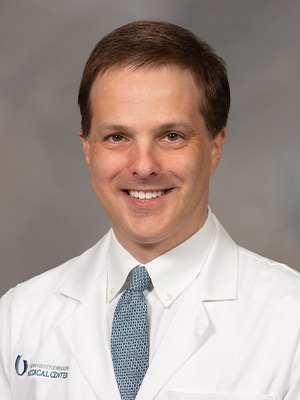
“This service was previously unavailable there,” said Dr. Edward Green, interim chair of radiology. “This saves the patient a trip to an offsite medical facility and expedites clinical care; plus, it offers another level of medical care previously unavailable to many of the clinic’s patients.”
Without exposing the patient to radiation, Green said, ultrasound can help uncover the causes of many complaints, such as abscesses, gallstones and cellulitis, a skin condition that can infect the soft tissues underneath.
“These examinations provide the patient and entire medical team with a more complete picture of their overall medical condition,” he said, “basically, an additional piece of the puzzle.”
Before the puzzle is put together, a transducer, or probe, is placed directly on a patient’s skin or inside a body opening. A layer of gel applied to the skin ensures that the probe transmits sound waves into the body, where they bounce off internal structures.
The strength of the sound signals and the time it takes for the waves to travel through the body deliver the information needed to yield an image, such as a baby’s first picture.
But physicians can also diagnose gallbladder disease, examine a breast lump, check the thyroid gland, detect prostate disease, test blood flow, scrutinize bone disease and more.
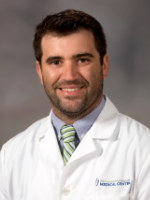
As it turned out, though, one of clinic’s first ultrasound patients was concerned about a pregnancy. “She had some bleeding, so we scanned her pelvis,” said Dustin Reed, a radiology resident who was there for the ultrasound’s clinic debut.
The visit offered that patient something many of the Jackson area’s under-insured, medically-underserved residents often lack access to: peace of mind. “We found nothing wrong and were able to reassure her,” Reed said.
The machine is a windfall not only for clinic patients, but also for Reed and the Medical Center’s other three dozen or so radiology residents.
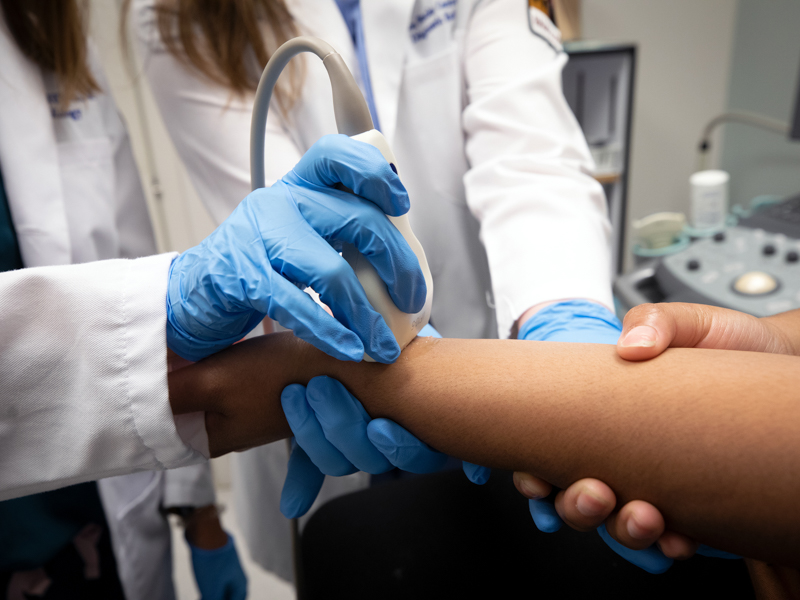
“We do some scanning,” he said, “but being able to do this at the clinic, too, gives us more hands-on experience and helps us feel even more confident about doing them.”
While they are sharpening their ultrasound skills, Green said, “residents will also receive expert feedback from on-site board-certified experienced UMMC radiologists.”
For now, the clinic will power up the equipment every third Saturday of the month for pre-scheduled ultrasound days there, Williams said.
Reed, who was on the clinic’s board of directors when he was a medical student, plans to go back and scan some more. He welcomes this chance to wield his skills at the clinic as a resident now, especially on behalf of those who may depend on the volunteers for much of their care.
“This is a way to reach out and provide philanthropic services to the patient,” he said.
“It’s also a way for residents to interact with the medical students there, including those who may be undecided about their specialty. Being able to help patients this way shows the students what radiology really is about.”


